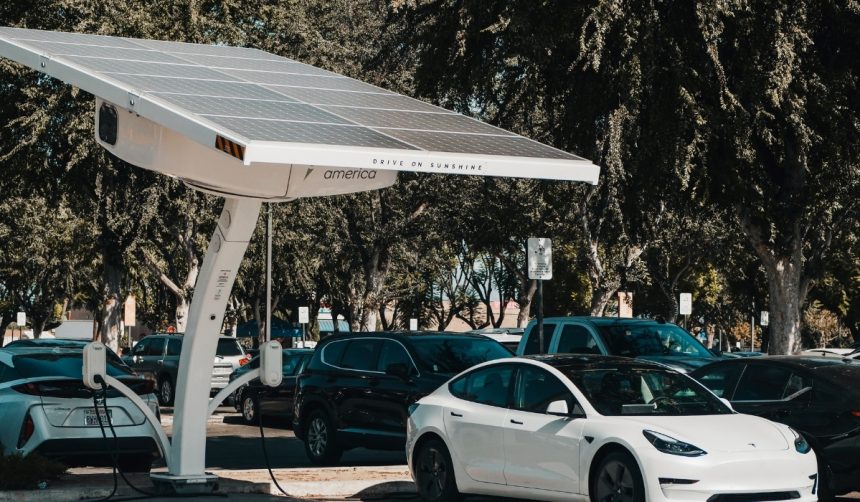Tesla has decided to update a key aspect of its vehicle design, responding to increasing pressure from safety regulators in both China and the United States. Recent government investigations have raised concerns about the accessibility and functionality of door handle systems in certain Tesla models, prompting the company to revamp its approach. The decision follows several owner complaints highlighting difficulties in emergency situations, especially when the vehicle’s 12V battery loses power. Model S units in China and Model Y vehicles in the US have drawn particular attention. Tesla’s move is seen as an effort to both enhance user confidence and meet international safety expectations. Questions remain on how quickly these changes will roll out across all affected models, but early indications suggest a practical solution is underway.
Regulatory attention to Tesla’s door handle systems is not new. Several months ago, similar complaints surfaced in user forums and public documentation, but regulatory response was less pronounced. Previously, Tesla faced criticism for relying primarily on electronic unlocking mechanisms, leaving users vulnerable during power loss situations. Now, with concrete probes from authorities in both China and the US, Tesla’s design adjustments carry a weight of urgency absent from past responses, signaling a shift toward more integrated safety features. The company appears to be moving beyond minor software mitigation by looking at physical engineering solutions as well.
What Specific Problems Prompted Tesla’s Decision?
Recent owner reports detail instances where occupants struggled to exit their Model Y vehicles after power failures disabled electronic systems. These complaints were echoed by the National Highway Traffic Safety Administration (NHTSA), which cited at least nine cases. Model S door handle issues in China further underscored the scope of the problem, as inconsistency in functionality raised regulatory concerns. Both government agencies initiated formal inquiries, emphasizing the need for a reliable, standard solution that preserves safety during electrical malfunctions.
How Does Tesla Plan to Address These Safety Concerns?
Tesla Chief Designer Franz von Holzhausen explained that new hardware would merge manual and electronic release functions into a single access point. According to von Holzhausen, this combination is now appearing in Tesla vehicles, aiming to simplify the user experience in emergencies.
“It’s in the cars now…The idea of combining the electronic and the manual one together in one button, I think, makes a lot of sense.”
This feature should help drivers and passengers act rapidly, reducing confusion and delay when quick egress is needed.
Will These Adjustments Meet Government and User Expectations?
Tesla is still reviewing regulatory requirements, particularly those outlined by Chinese authorities. Von Holzhausen indicated confidence in reaching a suitable resolution for international standards.
“We’ll have a really good solution for that. I’m not worried about it.”
The combination of manual and electronic mechanisms is designed for consistency and ease of use, addressing core regulatory and consumer demands for safety improvements.
Tesla’s strategy reflects a clear shift from exclusively digital ergonomics to incorporating more accessible mechanical solutions. Owners who previously depended on electronic releases can expect enhanced safety in future models, as Tesla harmonizes its interior and exterior mechanisms into a unified design. The present move is not limited only to the Model Y—other vehicles in Tesla’s lineup could see similar updates, positioning the company to preempt further safety complaints. For readers, understanding this development highlights the growing interplay between automotive technology and regulatory oversight. Reliable emergency exits benefit not just Tesla owners but also inform industry-wide standards, reinforcing the importance of design simplicity during critical situations.










